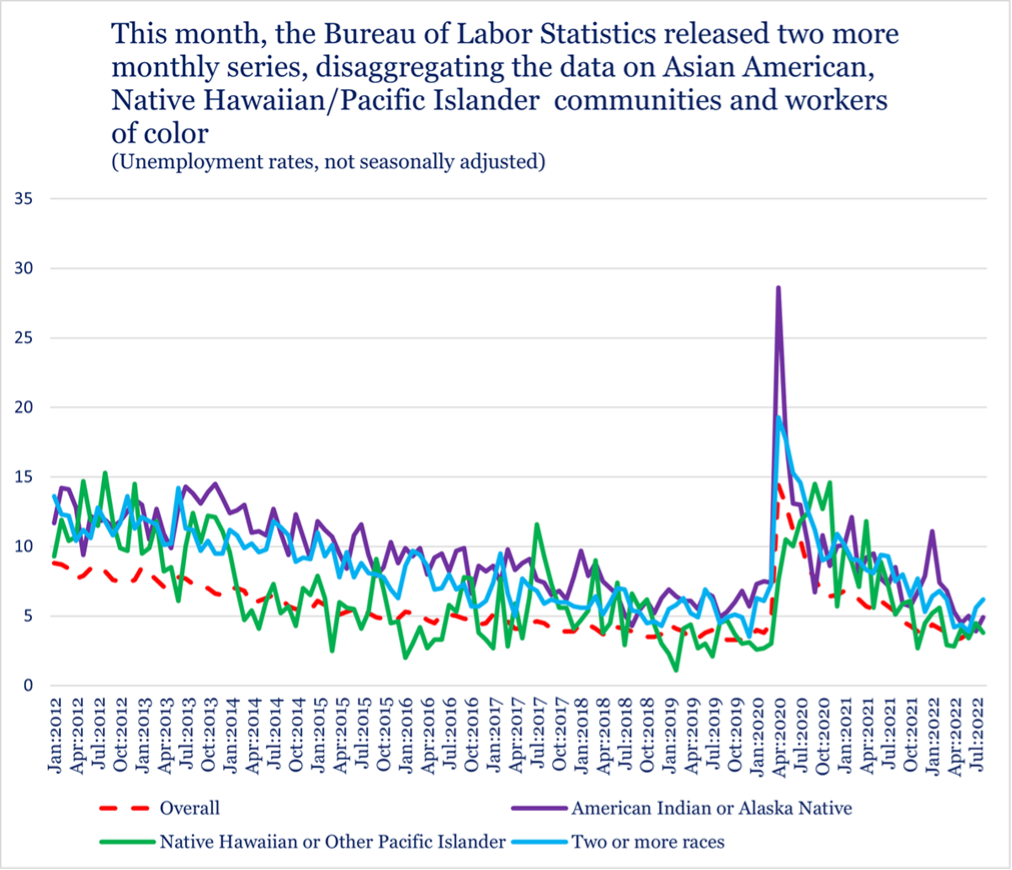
- First Federal Appellate Court Rules That Gender Dysphoria May Qualify as a Disability Under The ADA
- White House Announced Comment Opportunity on Federal LGBTQI+ Data Collections
- Another Federal Court Enforced The Religious Freedom Restoration Act To Insulate Religious Employers From Transgender Claims
- Healthcare Unions Fail To Convince The DC Circuit To Force OSHA To Adopt A Permanent Covid-19 Rule To Protect Healthcare Workers
- Employer Bans on Union Apparel in The Workplace Unlawful, Absent Special Circumstances
- OMB Will Begin Virtual Listening Sessions To Prepare To Overhaul Federal Data Collections of Race and Ethnicity Information
- Tips & Tricks to Master “Deep Dredge” OFCCP Audits
- Federal Contractors Still Need Not Require Their Employees to Vaccinate Says White House Safer Federal Workforce Task Force
- U.S. Workforce Slips Backwards: More Jobs Lost Than Gained in August
- *New* BLS Now Publishing Monthly Data for Native Hawaiians and Other Pacific Islanders and People of Two or More Races
- US GSA Published Final Rule Allowing Union Organizers To Solicit Federal Contractor Employees in GSA-Controlled Buildings
- In Brief
- Looking Ahead: Upcoming Date Reminders
Tuesday, August 16, 2022: First Federal Appellate Court Rules That Gender Dysphoria May Qualify as a Disability Under The ADA
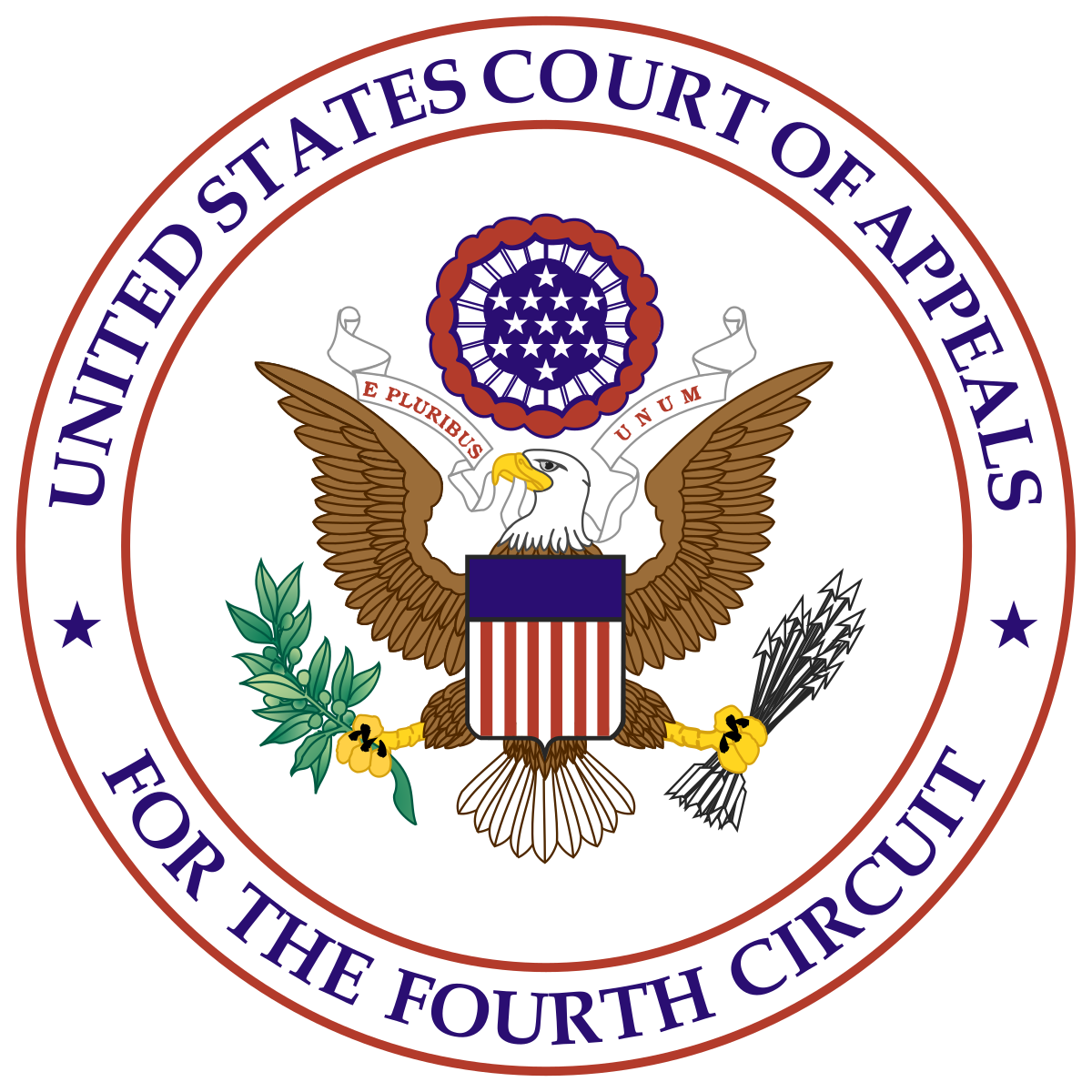
Gender dysphoria is a health condition that manifests in clinically significant “discomfort or distress that is caused by a discrepancy between a person’s gender identity and that person’s sex assigned at birth.” The plaintiff, a transgender woman with gender dysphoria, spent six months incarcerated in a county adult detention center in Maryland. Although prison deputies initially assigned her to women’s housing, they quickly moved her to men’s housing when they learned that she was transgender. Subsequently, she experienced delays in medical treatment for her gender dysphoria, harassment by other inmates, and persistent and intentional misgendering and harassment by prison deputies. After her release, she filed a lawsuit alleging that the county sheriff and other prison officials violated 42 U.S.C. Section 1983 by denying her rights under the ADA, the Rehabilitation Act, and other laws.
The federal District Court (the trial court) ruled that the exclusion for “gender identity disorders not resulting from physical impairments” applied to the plaintiff’s gender dysphoria, and thereby, barred her ADA claim. Reversing, a three-judge panel of the Fourth Circuit ruled, 2-1, that gender dysphoria can be a disability under federal disability discrimination law.
In a footnote, the court majority noted that the ADA and the Rehabilitation Act “provide identical protection with respect to the matters at issue” here. [Editorial Note: We add this footnote: Section 503 of the Rehabilitation Act of 1973 (applicable to covered federal contractors) contains the same substantive prohibitions and permissions as does the ADA—at least since 2007. This ADA ruling is therefore meaningful as to Section 503 analyses.]
Accordingly, for the sake of simplicity, the majority opinion combined the two statutes in its analyses and principally analyzed the ADA claim. The ADA prohibits covered employers from discriminating against – or excluding from participation in the benefits of services, programs, and activities – any qualified individual with a disability. The statute broadly defines “disability” to include “a physical or mental impairment that substantially limits one or more major life activities of such individual.” Here, while conceding that gender dysphoria meets this definition, the defendants argued that the condition fell within the ADA’s exclusions. These exceptions to the statute’s protections include “transvestism, transsexualism, pedophilia, exhibitionism, voyeurism, gender identity disorders not resulting from physical impairments, [and] other sexual behavior disorders.”
The majority pointed out that while the ADA may not have covered gender dysphoria when it was enacted in 1990, the medical community stopped applying “gender identity disorder” as a diagnosis in 2013. That year, the American Psychiatric Association removed the old diagnosis from its Diagnostic and Statistical Manual of Mental Disorders (DSM) and added “gender dysphoria.” “[W]hile the older DSM pathologized the very existence of transgender people, the recent DSM-5’s diagnosis of gender dysphoria takes as a given that being transgender is not a disability and affirms that a transgender person’s medical needs are just as deserving of treatment and protection as anyone else’s,” the court wrote.
Here, the majority agreed with the plaintiff’s argument that gender dysphoria categorically is not a “gender identity disorder.” Gender identity disorder means “gender nonconformity,” whereas gender dysphoria is a clinical diagnosis that recognizes that being transgender in and of itself is not a medical condition. Instead, the medical condition is the distress caused by having a gender identity that differs from one’s sex at birth. In other words, this distress is what differentiates someone with gender dysphoria from someone with a gender identity disorder. As such, gender dysphoria is not a gender identity disorder, which means it is not excluded from the ADA, the panel majority concluded.
Moreover, even if the plaintiff’s gender dysphoria constituted a “gender identity disorder,” it resulted from a physical basis that places it outside the scope of the exclusion from ADA protection, the majority found. She alleged that the medical treatment for her gender dysphoria required hormone therapy, which she used to effectively manage and alleviate her symptoms. When the prison failed to provide this treatment, she began experiencing her symptoms again. Therefore, she presented sufficient evidence that her particular gender dysphoria resulted from a physical impairment.
As we previously reported in June, a federal trial court in Georgia ruled that a county employee medical insurance program violated Title VII on its face by denying an employee with gender dysphoria gender-affirming surgery coverage. However, in that case, the court also ruled that the employee’s ADA claim failed because she had not introduced evidence sufficient to prove that her gender dysphoria was the result of a physical impairment.
Wednesday, August 24, 2022: White House Announced Comment Opportunity on Federal LGBTQI+ Data Collections
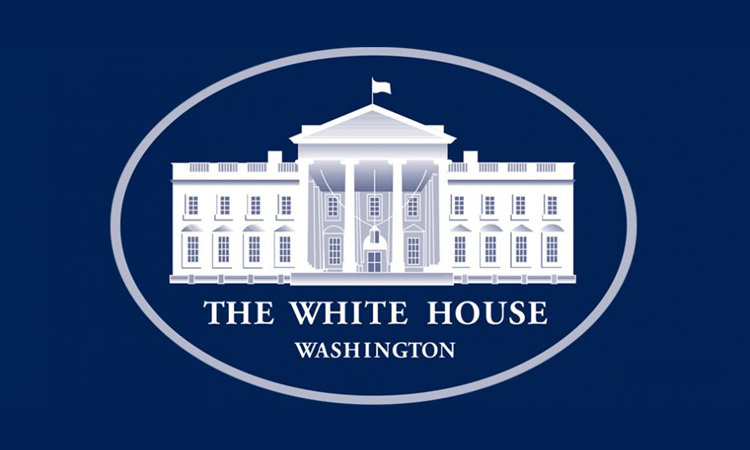
In addition, that subcommittee is now part of the National Science and Technology Council (NSTC) Subcommittee on Equitable Data. Under EO 14075, it is tasked with the development and release of a Federal Evidence Agenda on LGBTQI+ Equity, which will improve the federal Government’s ability to make data-informed policy decisions that advance equity for the LGBTQI+ community. Among other mandates, EO 14075 requires the subcommittee “to identify, in coordination with OMB Statistical Officials, Chief Science Officers, Chief Data Officers, and Evaluation Officers, Federal data collections where improved SOGI data collection may be important for advancing the federal Government’s ability to measure disparities facing LGBTQI+ individuals.”
To that end, the OSTP published a Request for Information (RFI) in the Federal Register (87 FR 52083). The RFI invited members of the public to share perspectives on how requirements in the Federal Evidence Agenda on LGBTQI+ Equity should be addressed by the subcommittee on SOGI Data. The OSTP seeks responses to one, some, or all the series of questions contained in the RFI. Through these questions, OSTP seeks:
- identification of spots where potentially useful data is lacking; and
- input on privacy, confidentiality, and civil rights considerations that are unique to the LGBTQI+ community and/or are experienced differently by LGBTQI+ people.
Responses must be received by October 3, 2022. Interested parties may submit comments by the methods identified in the RFI. Comments submitted in response to the RFI will be subject to the Freedom of Information Act (FOIA), the OSTP cautioned. Also, the responses may be posted without change online.
Friday, August 26, 2022: Another Federal Court Enforced The Religious Freedom Restoration Act To Insulate Religious Employers From Transgender Claims
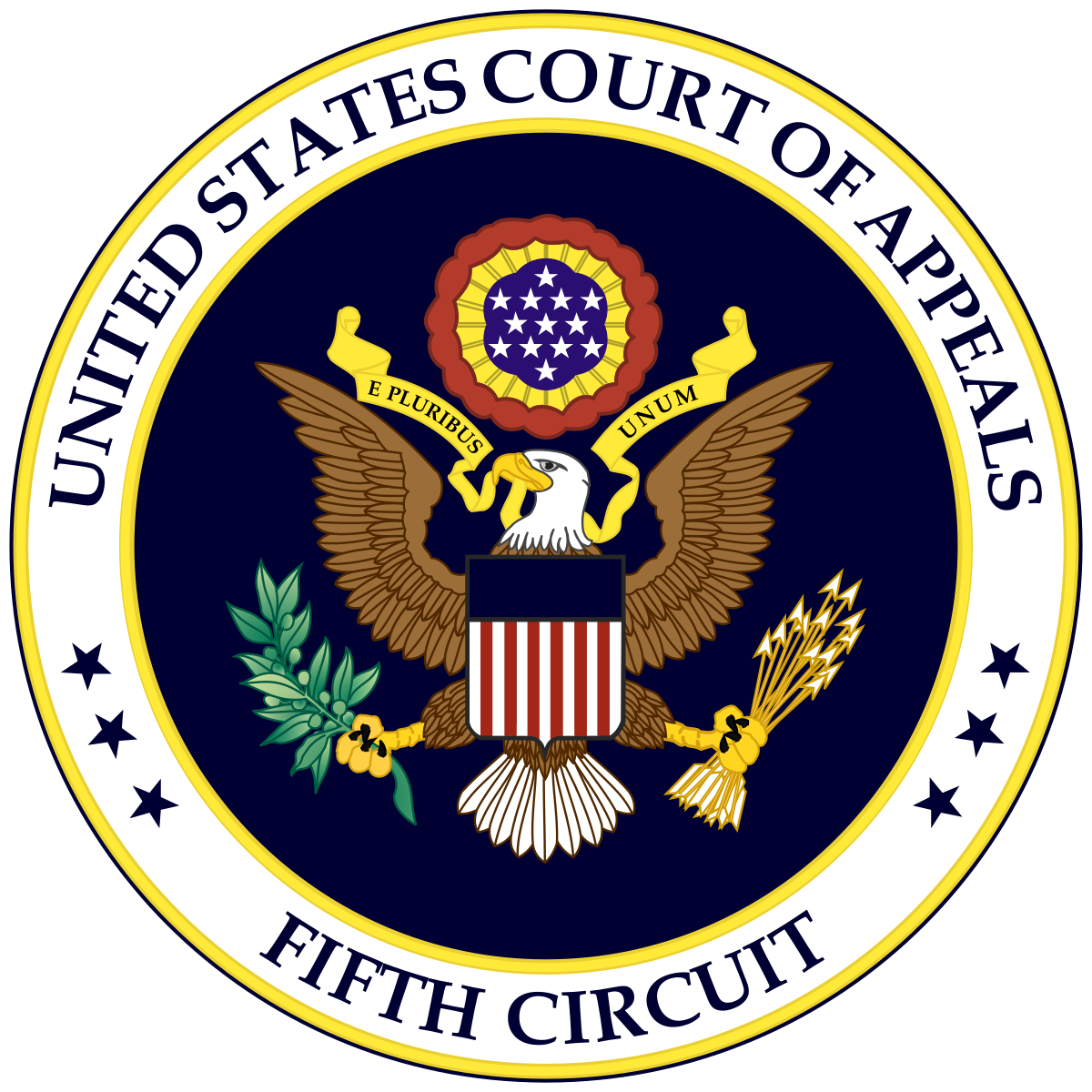
Specifically, the Fifth Circuit affirmed the previous issuance of a permanent injunction of a U.S. Department of Health and Human Services’(“HHS”) 2020 Rule and a 2021 interpretation of that Rule which had determined that refusal to provide gender-affirming care was unlawful discrimination based on sex that Section 1557 of the Affordable Care Act (“ACA”) prohibited. The at-issue injunction had enjoined and now continues to enjoin, HHS from requiring Franciscan Alliance to perform or insure gender-reassignment surgeries or abortions.
The Fifth Circuit addressed the three legal issues before it as follows:
- First, Franciscan Alliance’s claim that the HHS’ initial 2016 Rule (issued during the Obama Administration) violated the federal Administrative Procedure Act was moot since HHS had rescinded the 2016 Rule upon issuing a new Rule in 2020 (during the Trump Administration). However, the case itself was not moot as Franciscan Alliance’s RFRA claim remained viable as to the 2020 Rule and 2021 interpretation (issued during the Biden Administration) since plaintiffs facing prosecutorial indecision have standing to pursue their claims. Here, the 2020 Rule and its 2021 interpretation combined to continue to threaten Franciscan Alliance with potential prosecution for violating the non-discrimination requirement in Section 1557 of the ACA.
- Second, the District Court did not err in granting a permanent injunction even though the 2016 Rule no longer existed because Franciscan Alliance’s complaint and challenge was to not just the agency regulation, but also to the underlying statute as well. Thus, Section 1557 of the ACA was in dispute since the statute provided the potential authority for HHS to prosecute hospitals that refused to perform gender-reassignment surgeries and abortions.
- Finally, the Fifth Circuit affirmed that the loss of religious freedom guaranteed by the First Amendment, the RFRA, and the Religious Land Use and Institutionalized Persons Act (“RLUIPA”) constituted irreparable harm warranting issuance of the permanent injunction.
The Fifth Circuit’s ruling is another in a long line of lawsuits attempting to fit the contours of an entity’s religious beliefs to the federal anti-discrimination protections now in place following the ruling in Bostock. The lesson for employers remains that if the “purpose and character” of the organization is primarily religious, their religious beliefs retain protection from the nondiscrimination requirements of federal statutes. In other words, the RFRA continues to have “teeth” for religious employers, especially if they engage in “forum shopping” to find courts sympathetic to enforcing religious protections.
Friday, August 26, 2022: Healthcare Unions Fail To Convince The DC Circuit To Force OSHA To Adopt A Permanent Covid-19 Rule To Protect Healthcare Workers
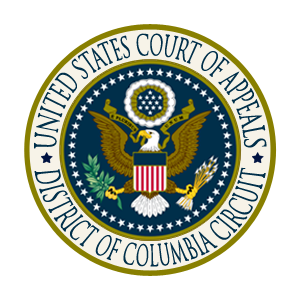
As we previously reported in January, OSHA withdrew its Healthcare Emergency Temporary Standard (“Healthcare ETS”) due to the agency’s inability to issue a final Rule within the six-month time limit an ETS may remain in effect. The Healthcare ETS had sought to require vaccinations for healthcare workers, require healthcare employers to screen patients and visitors for COVID-19, provide protective equipment and impose social distancing, among other actions.
We further reported that, in response to OSHA’s withdrawal, a coalition of healthcare unions filed a lawsuit with the D.C. Circuit court seeking a “writ of mandamus” to compel OSHA to enforce its prior Healthcare ETS and to issue a permanent and final standard. A “writ of mandamus” seeks a court order (an injunction) to force a government agency to properly discharge its official duties. However, courts never grant this remedy when the official to whom it would be directed has the legal discretion either to perform the act demanded or to abstain from doing so. Rather, use of the mandamus tool is useful only to compel federal officers to undertake “ministerial” acts the law requires them to perform without the exercise of any discretion.
The coalition argued that OSHA was shirking its legal duty to protect workers by not enforcing the Healthcare ETS or adopting a permanent Rule. However, the court ruled that the decision whether and when to adopt a permanent Rule fell squarely within the agency’s discretion over how to focus its enforcement. This discretion “is the antithesis of a clear duty to act” required for a writ of mandamus, the court wrote.
Editor’s Note: It is unclear why the healthcare unions filed this lawsuit. It had almost no chance to succeed given the very limited authority of mandamus actions. The likelihood of success on the merits was so low that we venture to say that 99 out of 100 litigators would have advised their clients to save their money and reputation and not file this lawsuit driven by understandable frustration, rather than sound legal authority.
Monday, August 29, 2022: Employer Bans on Union Apparel in The Workplace Unlawful, Absent Special Circumstances
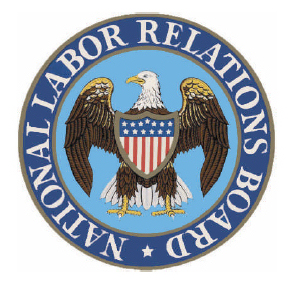
During a union organizing drive Tesla enforced a rule prohibiting the wearing of t-shirts with any logo other than the Tesla logo. The employer would allow employees to wear their own black t-shirts with supervisory approval, but not black t-shirts with a union logo. The Board found this rule violated the NLRA because Tesla had not shown “special circumstances” justifying its restriction on employee rights under Section 7 of the National Labor Relations Act.
The Board majority also overruled its 2019 decision in Wal-Mart Stores, Inc. (Case Nos. 13-CA-114222 and 32-CA-111715). There, the Board held (3-1) that the “special circumstances” test applies only when an employer completely prohibits union insignia and that lesser size-and-appearance restrictions on union insignia could be deemed lawful based on less compelling employer interests. (See our reporting on the Wal-Mart decision here.)
“Wearing union insignia, whether a button or a t-shirt, is a critical form of protected communication,” said Board Chairman Lauren McFerran in a press release. “For many decades, employees have used insignia to advocate for their workplace interests – from supporting organizing campaigns, to protesting unfair conditions in the workplace – and the law has always protected them.”
Board members Marvin E. Kaplan and John F. Ring dissented. They wrote that protecting the right of employees to wear union insignia “does not require holding any limitation on the display of union insignia, no matter how slight, to be presumptively unlawful.”
Tuesday, August 30, 2022: OMB Will Begin Virtual Listening Sessions To Prepare To Overhaul Federal Data Collections of Race and Ethnicity Information

As we previously reported, Dr. Orvis first announced in June plans to update OMB Directive 15 – a/k/a “Standards for Maintaining, Collecting, and Presenting Federal Data on Race and Ethnicity.” OMB Directive 15 creates common definitions to allow the federal Government to compare race and ethnicity data across federal agencies. Federal contractors use OMB Directive 15 to assign race and ethnicity codes to Applicants and employees for use in Affirmative Action Plans, for example. Covered federal Government contractors employing 50 or more employees and employers subject to Title VII with100 or more employees use the same OMB Directive 15 definitions of race and ethnicity when filing annual EEO-1 Reports with the Joint Reporting Committee of the EEOC and OFCCP.
In her most recent blog, Dr. Orvis explained that the Working Group will develop recommendations on topics including, but not limited to:
- Whether the minimum reporting categories should be changed and how to best address detailed race and ethnicity groups in the Standards;
- Whether updates should be made to the question format, terminology, and wording of the questions, as well as the instructions for respondents and associated guidance; and
- Whether guidance for the collection and reporting of race and ethnicity data can be improved, including in instances when self-identification is not possible.
Note: OMB Directive 15 does not define the term “sex” as used in federal programs. There are other groups within the federal government working to define the “term” sex for longitudinal use across all federal agencies. The Biden White House has charged these groups to address the modern understanding that the term “sex” includes gender identity (transgender) and sexual orientation (gay and lesbian) issues. The current OMB plan appears to be to eventually (no timetable publicly known) produce a separate OMB Directive defining the term “sex” as used in federal programs to work in parallel with OMB Directive 15.
Dr. Orvis also reported that members of the public may share their perspectives and input with the OMB Directive 15 Working Group in two ways:
- by joining the mailing list to receive an alert when the Working Group, through OMB, publishes the Federal Register Notice by sending a request to Statistical_Directives@omb.eop.gov; and
- by participating in the upcoming listening sessions. To schedule a listening session, please send a brief email expressing interest to Statistical_Directives@omb.eop.gov.
Tuesday, August 30, 2022: Tips & Tricks to Master “Deep Dredge” OFCCP Audits
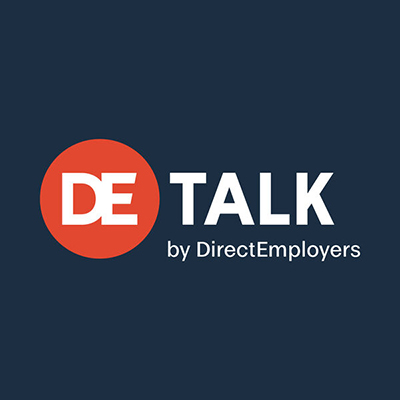
Candee and John discussed the latest trends in audits and what OFCCP can and cannot request, and when, as well as tips and tricks to help ensure a positive outcome from various types of audits you may be required to undergo.
Historically, OFCCP has broken down its Compliance Reviews into three “very formal and distinct segments,” John noted. Those segments are set forth in 41 CFR Section 60-1.20: (1) the Desk Audit; (2) the Onsite; and (3) an Off-Site analysis of information supplied by the contractor or otherwise gathered during or pursuant to the Onsite review.
However, “OFCCP is starting to blur the lines between each of these three distinct segments and do, during the Desk Audit, what I called the ‘never-ending Desk Audit’ during the Obama Administration and which is reappearing now in the Biden OFCCP administration: a merging of all of the things that you used to do during the Onsite, is being moved forward into the Desk Audit,” John reported. Along with the blurring of the lines between audit segments, OFCCP has also been going, or attempting to go, Onsite without the Constitutionally-required “probable cause” to believe the contractor violated any statute OFCCP enforces or any of its Rules, John added.
Candee and John then discussed when – and why – a Contractor should stand on its rights when OFCCP goes beyond its legal authority, and under what circumstances HR may need to reach out to lawyers for help. Among other things, John noted that standing on one’s rights often comes with large out-of-pocket costs to the contractor but may avoid even larger costs to gopher, gather and deliver large amounts of detailed HR data to OFCCP and to perhaps, in the process, expose poorly documented hiring rejections or compensation systems.
“I think the strongest thing that we can recommend … is make that Affirmative Action Plan a living document and follow what it tells you, your evaluation,” Candee advised. “When you’ve built that Affirmative Action Plan, follow what it’s telling you are your problems and follow through on what your proposed solutions are, because that is the most important way of seeing improvement.”
Listen to the full podcast to hear Candee and John’s complete discussion of these audit compliance conundrums, the pros and cons of each and the three choices contractors have to respond to OFCCP’s overreach in audits.
Wednesday, August 31, 2022: Federal Contractors Still Need Not Require Their Employees to Vaccinate Says White House Safer Federal Workforce Task Force
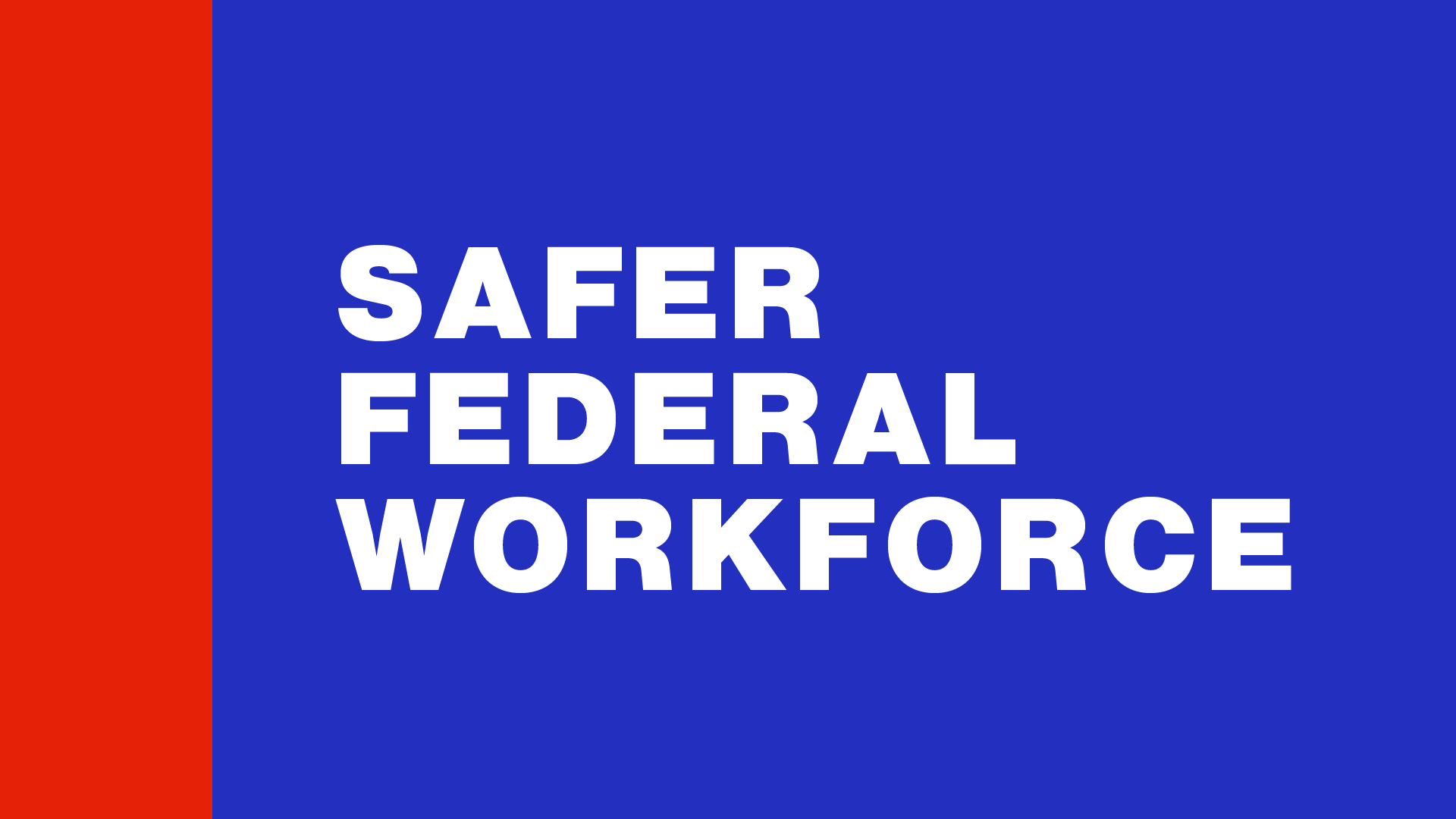
That updated page states:
“Regarding Applicable Court Orders and Injunctions: To ensure compliance with an applicable preliminary nationwide injunction, which may be supplemented, modified, or vacated, depending on the course of ongoing litigation, the Federal Government will take no action to implement or enforce Executive Order 14042. For existing contracts or contract-like instruments (hereinafter “contracts”) that contain a clause implementing requirements of Executive Order 14042, the Government will take no action to enforce the clause implementing requirements of Executive Order 14042, absent further written notice from the agency.”
The new items added this past Wednesday are:
- New FAQs on Building Operations
- New and updated FAQs on Mask-Wearing, Post-Exposure Precautions and Isolation, Signage, Testing, and Vaccination
- Updated FAQs on Contractors, Exceptions, Leave, Symptom Screening, Travel, and Visitors (including Meetings, Events, and Conferences)
- Updated overview for Federal Contractors
- Updated overview on the Safer Federal Workforce Task Force
In addition, the Safer Federal Workforce added the following updates on August 17:
- New implementation guidance on updates to Federal agency COVID-19 Workplace Safety Protocols
- Updated implementation guidance on COVID-19 Community Levels
- Updated FAQs Related to Compliance with the Applicable Preliminary Nationwide Injunction on Implementation and Enforcement of the Vaccination Requirement Pursuant to Executive Order 14043
Friday, September 2, 2022: U.S. Workforce Slips Backwards: More Jobs Lost Than Gained in August
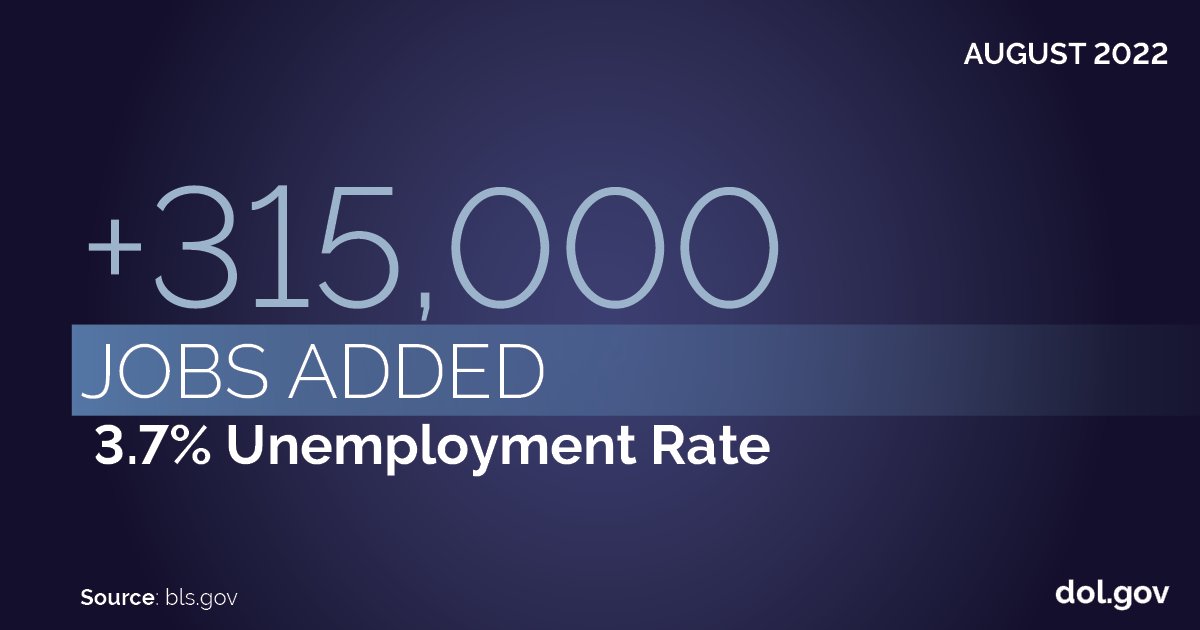
BLS’ unhappy job news jolted the stock market, forcing over a 1% loss of value on the DOW, S&P 500 and Nasdaq exchanges. The jobs news also stopped a four-day rise of stock values on Wall Street as US stocks suffered their third week in a row of losses.
Notable job gains occurred in professional and business services, health care, and retail trade (and not the usual monthly high growth in “Hospitality” jobs we have reported for the last year). Nonfarm employment has risen by 5.8 million over the past 12 months, as the labor market has slowly continued to recover from the job losses of the COVID-19 pandemic. This growth brings total nonfarm employment 240,000 higher than its pre-pandemic level in February 2020 but is still short of the over 4 million additional jobs which the economy would otherwise have added, at a minimum, in the 30 months since the U.S. decreed the COVID-19 virus a “pandemic” and even while the economy continued to expand.
Editor’s Note: Economists report it takes a minimum of 150,000 new job additions per month to maintain economic growth at about 2% per year in the U.S., the sign of a growing economy. The current U.S. workforce is thus still down the 150,000 new jobs (minimum) which the country otherwise would have added in each of the last 30 months. This observation explains why, despite the continued growth of the U.S. economy for the past 3 years (although it is now slowing as the unemployment figures are beginning to reveal), there are currently two available jobs for every known unemployed person in the United States. “Help Wanted” ads are present in every business district in every city in the country, the vast majority of restaurants have reduced the number of days they serve or have shortened their hours when open, and service in the kitchen and at the table still seems chronically lacking.
The number of “short-term” unemployed workers increased in August 2022, by 344,000 to 6.0 million. In July, these measures had returned to their levels in February 2020, prior to the coronavirus (COVID-19) pandemic, the BLS noted. Among the major worker groups, the unemployment rates for adult men (3.5 percent) and Hispanics (4.5 percent) rose in August. The jobless rates for adult women (3.3 percent), teenagers (10.4 percent), Whites (3.2 percent), Blacks (6.4 percent), and Asians (2.8 percent) showed little change over the month.
As to the unemployed, the number of permanent job losers increased by 188,000 to 1.4 million in August. The number of persons on temporary layoff was virtually unchanged at 782,000, and the number of long-term unemployed (those jobless for 27 weeks or more) was little changed from the previous month – at 1.1 million in August. Altogether, there are over 7 million unemployed persons in the U.S. in various counting “buckets” and growing.
The long-term unemployed accounted for 18.8 percent of all unemployed persons. The labor force participation rate increased by 0.3 of a percentage point over the month to 62.4 percent. Economists use this rate to measure how many people are working relative to the number of people between the ages of 18 and 65 available to work. So, looking at that measure, almost 40% of U.S. workers available to work, are not working. However, it is 1.0 percentage point below its February 2020 level. The employment-population ratio was little changed at 60.1 percent in August and remained 1.1 percentage points below its February 2020 value.
|
The Employment Situation – August 2022 |
||||
| Unemployment Rate | June 2022 | July 2022 | August 2022 | Feb 2020 Pre-Pandemic |
| National (Seasonally adjusted) |
3.6% | 3.5% | 3.7% | 3.5% |
|
Women (20+) |
3.3% 5.8% 3.0% 4.3% 3.3% 3.3% |
3.1% 6.0% 2.6% 3.9% 3.2% 3.1% |
3.2% 6.4% 2.8% 4.5% 3.5% 3.3% |
3.0% 6.0% 2.5% 4.4% 3.2% 3.1% |
| Veteran (Not seasonally adjusted) |
2.7% | 2.7% | 2.4% | 3.7% |
| Individuals with Disabilities (Not seasonally adjusted) |
8.2% | 7.8% | 7.7% | 7.8% |
Long-term unemployment numbers
The numbers for total unemployment are reported in a chart here. Unemployment (seasonally adjusted) for 5 to 14 weeks was at 29.9% in August, down from 31.4% in July. The rate for unemployment of 15 to 26 weeks was 14.6% in August, up from 12.7% in July. Unemployment for 27 weeks and over was 18.8% in August, down slightly from 18.9% in July.
See Also
Friday, September 2, 2022: *New* BLS Now Publishing Monthly Data for Native Hawaiians and Other Pacific Islanders and People of Two or More Races

“The Native Hawaiian and Other Pacific Islander category is defined (see OMB Directive 15—which we discussed in another earlier story in this week’s Week in Review) as people having origins in any of the original peoples of Hawaii, Guam, Samoa, or other Pacific Islands,” the Commissioner wrote. “Pacific Islanders are diverse populations with different languages and cultures and include Polynesian, Micronesian, and Melanesian.”
“Two or More Races is defined as people who identify as more than one race,” he continued. “Before 2003, people could identify only one race category as their main race in the Current Population Survey, the source of our data on unemployment and the labor force.”
Friday, September 2, 2022: US GSA Published Final Rule Allowing Union Organizers To Solicit Federal Contractor Employees in GSA-Controlled Buildings
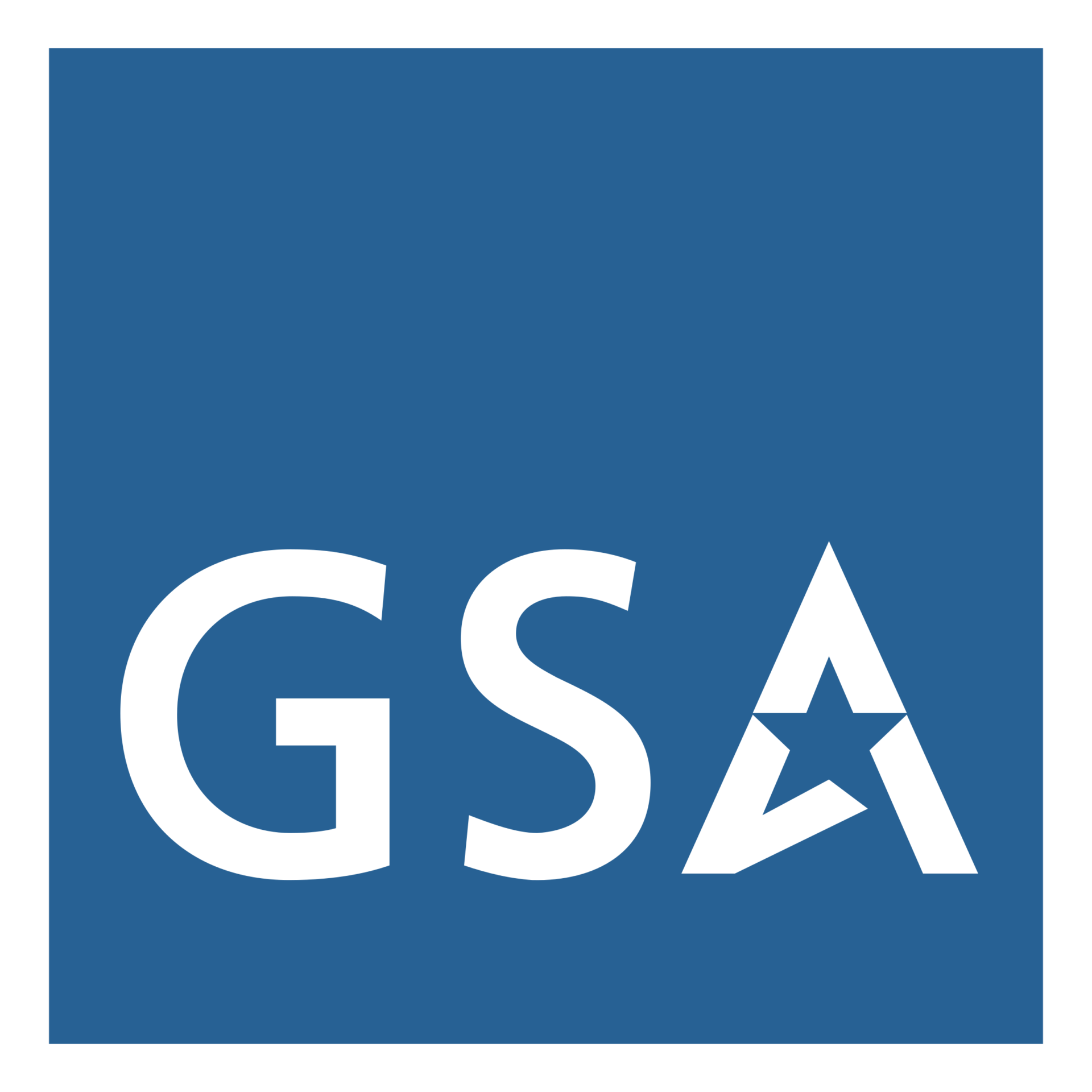
The revisions followed a recommendation made by the White House Task Force on Worker Organizing and Empowerment established via Executive Order 14025. GSA consulted with the White House Office of Management and Budget in devising the Rule.
“Today’s rule removes barriers to worker organizing and collective bargaining for federal contractors, allowing union membership to become more accessible,” said GSA Administrator Robin Carnahan in a press release.
The rule took effect the day it was published. Nevertheless, interested parties may submit written comments on or before November 1, 2022, to be considered in any future rulemaking.
In Brief
Tuesday, August 30, 2022: US EEOC Announced A September 12 Public Meeting In Washington, D.C. On Its Strategic Enforcement Plan

https://eeoc.zoomgov.com/webinar/register/WN_cLLjwF3TRIWtmXxHF3QLLA.
The gathering is part of EEOC’s three-part listening series to receive public input regarding priorities and activities that should be included in its Strategic Enforcement Plan (SEP) for the next five years. The upcoming session will focus on “Identifying Vulnerable Workers and Reaching Underserved Communities.” Every five years the Commission issues a SEP to outline its enforcement and outreach priorities. After the agency completes the listening session series, it will consider the feedback from these sessions and any written input to develop a proposed SEP that will be approved by a vote of the full Commission.
Tuesday, August 30, 2022: USDOL Sought Comments on Short Surveys to Evaluate State Workforce Agency Services
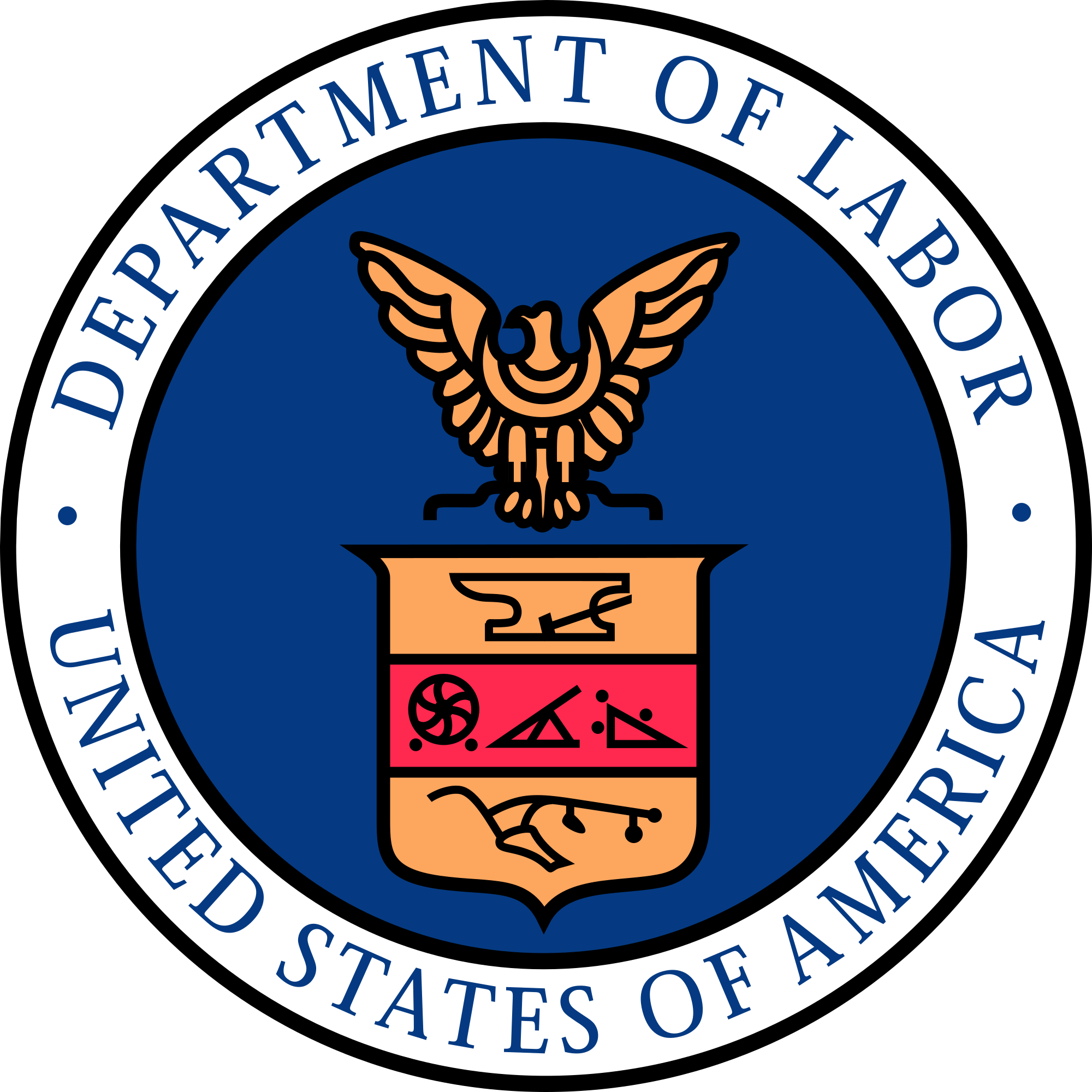
Comments are due by October 31, 2022
Looking Ahead:
Upcoming Date Reminders
Tuesday, September 6, 2022: USDOL ODEP’s national online public dialogue on “Advancing the National Apprenticeship System” closes.
Wednesday, September 7, 2022 (2:00 – 3:00 PM EDT): DirectEmployers webinar on “Interacting with Co-Workers with Disabilities and Avoiding Benevolent Ableism”
Thursday, September 8, 2022 (2:00 PM EDT): US Census Bureau webinar on “Release of 2021 American Community Survey 1-Year Estimates”
Monday, September 12, 2022: Deadline to submit comments on efforts to design and conduct evaluations of USDOL-funded programs – https://www.reginfo.gov/public/do/PRA/icrPublicCommentRequest?ref_nbr=202112-1290-001
Tuesday, September 13, 2022 (1:00 – 2:30 PM EDT): EEOC and OFCCP Roundtable on Artificial Intelligence, “Decoded: Can Technology Advance Equitable Recruiting and Hiring?”
Thursday, September 15, 2022 (2:00 – 3:00 PM EDT): DirectEmployers webinar on “The Truth About 10 Common Background Check Mix-Ups”
Monday, September 19, 2022: Deadline to submit objections to OFCCP regarding EEO-1 Data (Component 1, Type 2) FOIA disclosure request – https://www.dol.gov/agencies/ofccp/submitter-notice-response-portal
Monday, September 19, 2022: Deadline to comment on USDOL Wage and Hour Division’s unchanged paid sick leave recordkeeping requirements for federal contractors – https://www.federalregister.gov/documents/2022/07/19/2022-15313/agency-information-collection-activities-comment-request-establishing-paid-sick-leave-for-federal
Monday, September 19, 2022 (10:00 AM EST): OFCCP webinar on “Prohibiting Pay Secrecy Policies”
Thursday, September 22, 2022: DE Masterclass Roundtable #8: “No Longer a Secret: State Salary Transparency Laws for Private Employers”
Friday, September 30, 2022: 2022 VETS-4212 filing deadline. The reporting cycle began on August 1, 2022 – https://www.dol.gov/agencies/vets/programs/vets4212
Tuesday, October 18, 2022: Deadline to submit comments on FAR Council’s proposed Rule mandating Project Labor Agreements on large federal construction projects – https://www.regulations.gov/document/FAR-2022-0003-0001
Wednesday, April 12 – Friday, April 14, 2023: DEAMcon23 Chicago
THIS COLUMN IS MEANT TO ASSIST IN A GENERAL UNDERSTANDING OF THE CURRENT LAW AND PRACTICE RELATING TO OFCCP. IT IS NOT TO BE REGARDED AS LEGAL ADVICE. COMPANIES OR INDIVIDUALS WITH PARTICULAR QUESTIONS SHOULD SEEK ADVICE OF COUNSEL.
SUBSCRIBE.
Compliance Alerts
Compliance Tips
Week In Review (WIR)
Subscribe to receive alerts, news and updates on all things related to OFCCP compliance as it applies to federal contractors.
OFCCP Compliance Text Alerts
Get OFCCP compliance alerts on your cell phone. Text the word compliance to 55678 and confirm your subscription. Provider message and data rates may apply.


